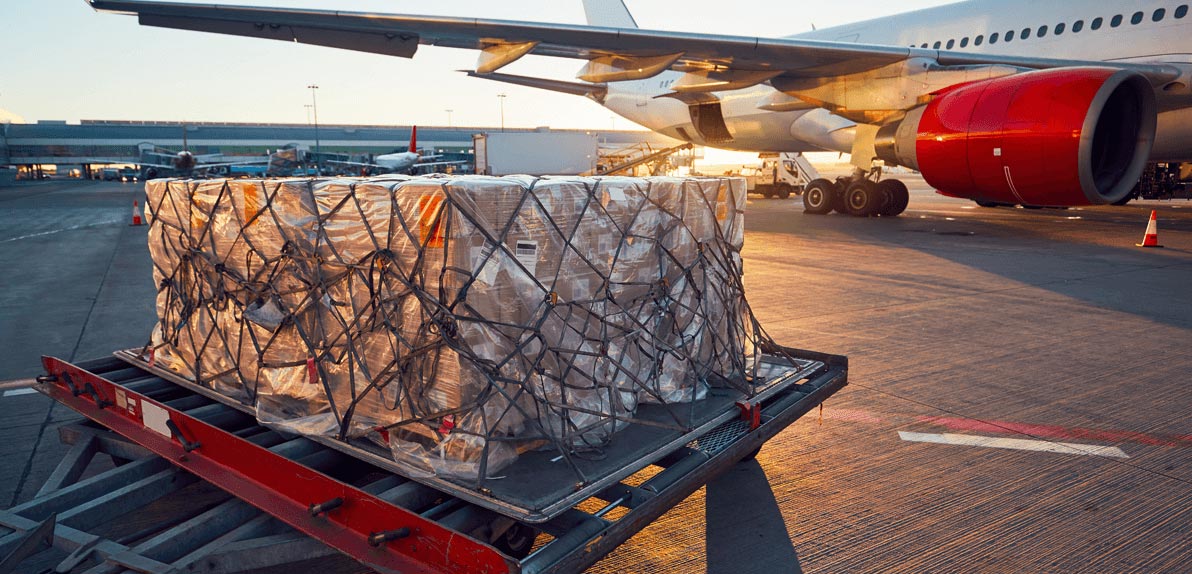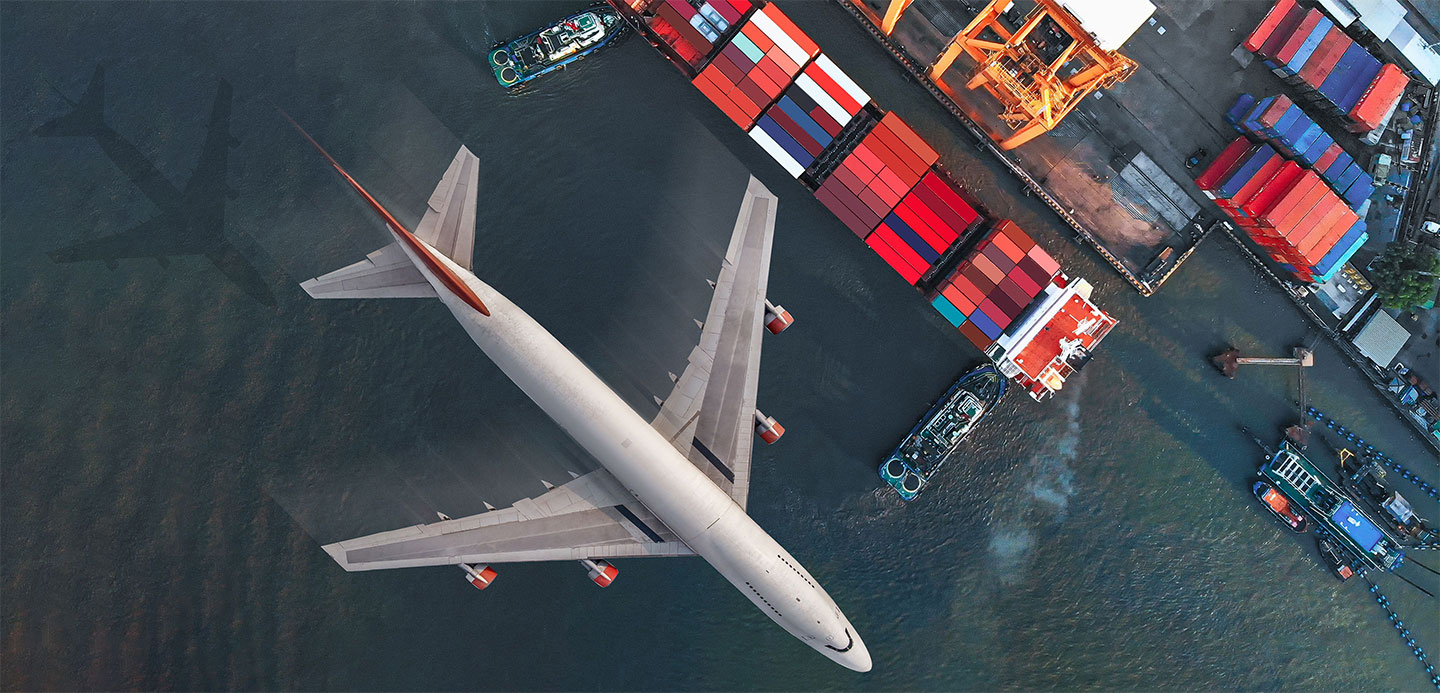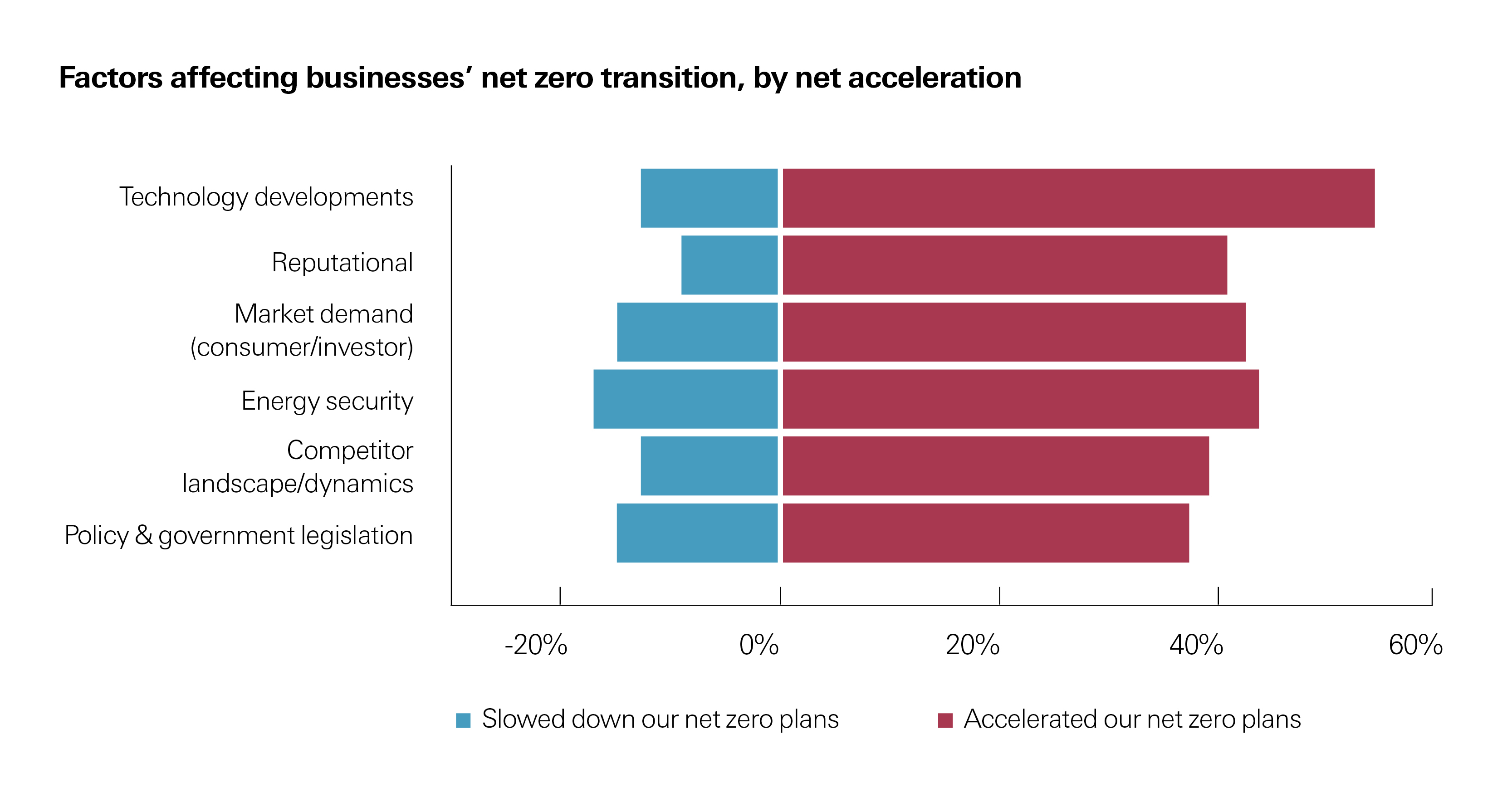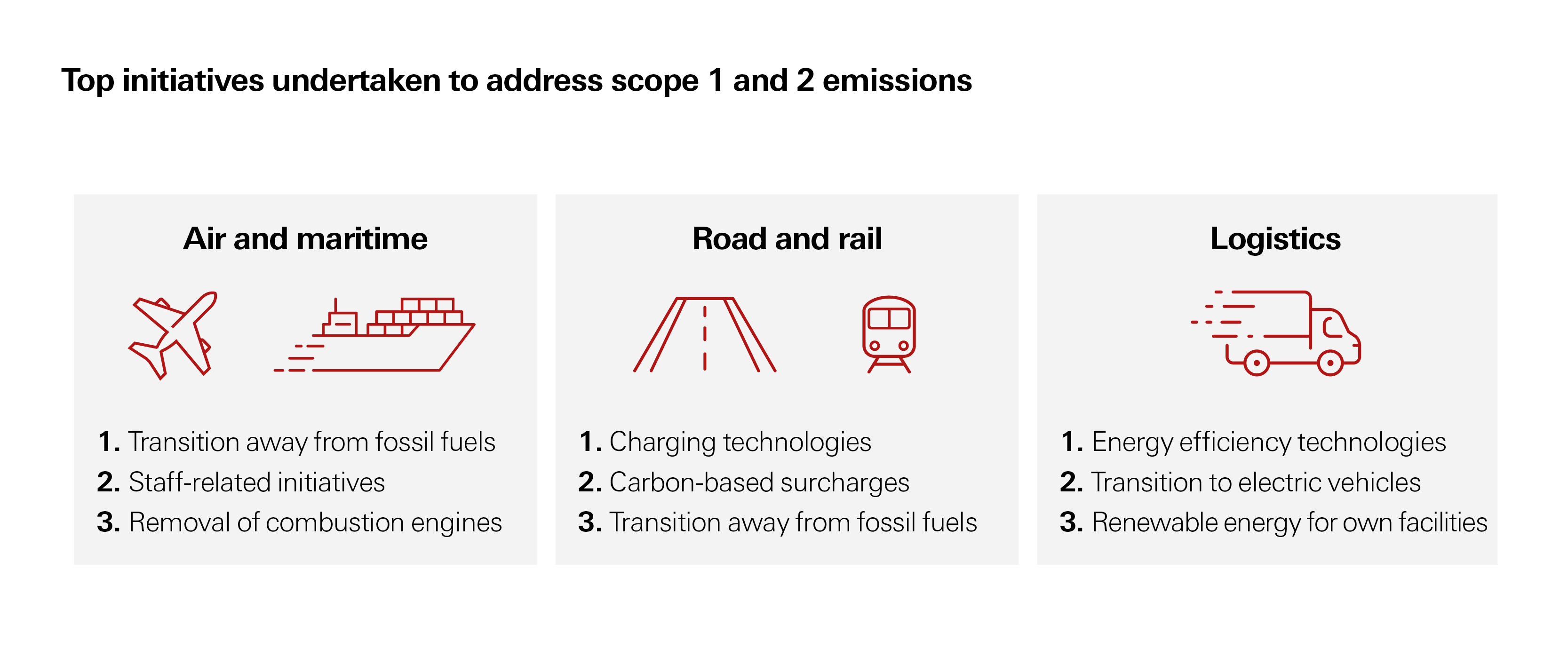- Article

- Infrastructure and Sustainable Finance
- Sustainable Supply Chain
- Transition to Net Zero
Consumers in the driving seat
Growing appetite for sustainable goods and services is pushing transport and logistics businesses to address their carbon emissions.
As policymakers around the world tighten regulations to steer the transport sector towards a low-carbon future, transport and logistics businesses are also facing increasing pressure from consumers.
Drivers and passengers increasingly want less-polluting vehicles and vessels, and individuals are favouring more sustainable products and delivery methods. These shifts in consumer preferences have a direct impact on transport and logistics businesses, when people choose how they travel or how their goods should be delivered. They also have an indirect influence, because public demand motivates consumer-facing companies – such as clothing or food retailers – to switch to lower-carbon transport providers to reduce emissions in their supply chains.
“Consumers are emerging as an increasingly important driver of transport companies’ transition to net zero, even over policymakers and investors in some cases,” says Jon Connor, Global Head of Transport, Logistics, Infrastructure and Construction at HSBC. “Leading businesses recognise that decarbonisation is a commercial imperative and are increasing their investment in this space as a result.”
A new survey of transport businesses commissioned by HSBC highlights the influence that consumers have – directly or indirectly – on corporate transition strategies.
Market demand and reputation ranked as two of the three most important macro factors in terms of accelerating these businesses’ transition to net zero. Reputational concerns were particularly important for passenger-facing businesses and companies in the road and rail segment.
Pressing the accelerator
There is mounting evidence that consumers – and consumer-facing companies – are choosing more sustainable transportation options. Electric vehicles are perhaps the most obvious example: sales of EVs were up 68% last year globally, and car rental companies are responding. US giant Hertz is leading the charge, having announced orders for 100,000 EVs from Tesla, 65,000 from Polestar and up to 175,000 from General Motors.1
A similar dynamic is at work in other transportation segments.
For instance, airlines are ramping up their investments in sustainable aviation fuel (SAF). Produced from renewable resources, SAF is seen as a key tool in the aviation sector’s net zero transition, and airlines are looking to the technology to bolster their reputation among climate-conscious fliers. Supply constraints will limit its viability in the near term, and current regulations require SAF to be blended with at least 50% conventional jet fuel, but the technology is developing quickly: in January Emirates completed a demonstration flight using 100% SAF in one of two engines.2
“Sustainable aviation fuel has been endorsed globally as the critical technology in the decarbonisation of air transport,” says Connor.
And, what’s more, transport companies are already testing their customers’ willingness to pay more for sustainable products, implying that there is impetus on both the carriers and the customer to pay a premium for sustainable mobility, as technologies scale and ultimately “green” premiums fall.
One-fifth of respondents to the HSBC survey say they have imposed a carbon surcharge on their services to help reduce scope 1 and 2 emissions, with the road and rail segment accounting for the biggest proportion of these.
Sustainable supply chains
Retail demand for more sustainable products also feeds through to the logistics sector as companies look to reduce the climate impact of their supply chains.
US retailer Walmart, for example, has set a goal of reaching zero emissions from all its vehicles, including long-haul trucks in the US and Canada, by 2040, as part of its plan to avoid 1 billion metric tons of carbon emissions across its global value chain.3 Through a partnership with HSBC, Walmart is offering incentivised financing to suppliers that can demonstrate that they are working to reduce emissions and improve social outcomes.4
Certain transport providers are even speeding up their transition plans as a result of pressure from end-consumers, corporate clients, or both. Maersk, the world’s largest container shipping company, last year brought forward its net zero target from 2050 to 2040, in part due to growing demand for greener solutions.5
“Pressure from business partners and retail consumers is only going to increase in the coming few years,” says Connor at HSBC. “Transport companies need to have a credible transition plan in place to ensure they remain relevant in a sustainable supply chain and these will need to remain iterative as the landscape of technologies, financing and advisory tools help to speed things up.”
Policy and investor support
While sustainable consumption is a rising tide, policymakers and the financial sector have an important role to play in supporting more sustainable behaviour.
Regulations, such as a ban on the sale of new petrol and diesel cars in Europe from 2035, will encourage more consumers, retail brands and operators in the sector to switch to low-carbon mobility. And green and sustainable finance is available to support businesses that are looking to invest in emissions-reduction initiatives, such as fleet upgrades.
HSBC has supported many transport and logistics clients with funding for their transition, including UK-based Pelican Bus & Coach, which is helping bring electric buses to British towns and cities. The capital markets can also potentially offer attractive funding to major transport companies that can demonstrate their commitment to decarbonisation, such as Etihad Airways, which has committed to reducing its carbon intensity and investing in sustainable aviation fuel through sustainability-linked financing.
As economies push towards net zero emissions, transport is an obvious target: the industry sources 95% of its energy from fossil fuels and generates almost a quarter of global greenhouse gas emissions.6
Pressure from consumers will amplify the efforts of regulators, investors, and companies across the value chain to accelerate the pace of change.
Today we finance a number of industries that significantly contribute to greenhouse gas emissions. We have a strategy to help our customers to reduce their emissions and to reduce our own. Find out more: https://www.hsbc.com/who-we-are/our-climate-strategy
1 Hertz and GM Plan Major EV Expansion
2 Emirates operates milestone demonstration flight powered with 100% Sustainable Aviation Fuel
3 Walmart Sustainability Hub: Transportation
4 HSBC and Walmart partner to drive sustainability of businesses
5 Maersk accelerates Net Zero emission targets to 2040 and sets milestone 2030 targets
For HSBC’s Transition Pathways survey, HSBC has worked with Kantar. The survey is not limited to or wholly-representative of HSBC’s customer base and covers 302 key financial decision makers from businesses operating in the transport sector, comprising Road and Rail (108 businesses, with Road covering freight/services and excluding autos/passenger) Air and Maritime (64 businesses) and Logistics and Delivery (93 businesses). The survey findings and responses have not been independently verified. Businesses were further identified as Freight only (148), Passenger only (49) and those transporting both freight and passenger (105).
Businesses were located across Europe (137), North/Central America (77), Asia (52) and the Middle East (36). Overall, 61 (20%) had a turnover between $5 and $10m, 101 (34%) had a turnover between $10 and $500m, 140 (46%) turnover in excess of $500m of which 65 (22%) had a turnover in excess of $2.5bn. The majority, 191 (63%) had been established for more than ten years and a further 63 (21%) for more than five years.
Data was collected through an online questionnaire and the survey ran for three weeks from 28 September to 18 October 2022.
In preparing this survey, HSBC has relied upon appropriate available data, information and responses given at the time of writing. This report should not form the basis of any third party’s decision to undertake, or otherwise engage in, any activity and third parties do not have any right to rely on it. Neither HSBC nor Kantar accept any duty of care, responsibility or liability in relation to this research or its application or interpretation, including as to the accuracy, completeness or sufficiency of it or any outcomes arising from the same.
Transition Pathways: Transport and Logistics
Explore more of the findings and insights on the transport and logistics sector.





